Katowice isn't the first place anyone thinks of when it comes to capturing the holiday spirit, but the city has made huge strides in recent years in terms of creating a festive atmosphere for all in the run-up to Christmas, and beyond. The city has invested heavily in its Christmas and holiday decorations, and is so eager to deck the halls that they open the annual Christmas market in the third week of November.
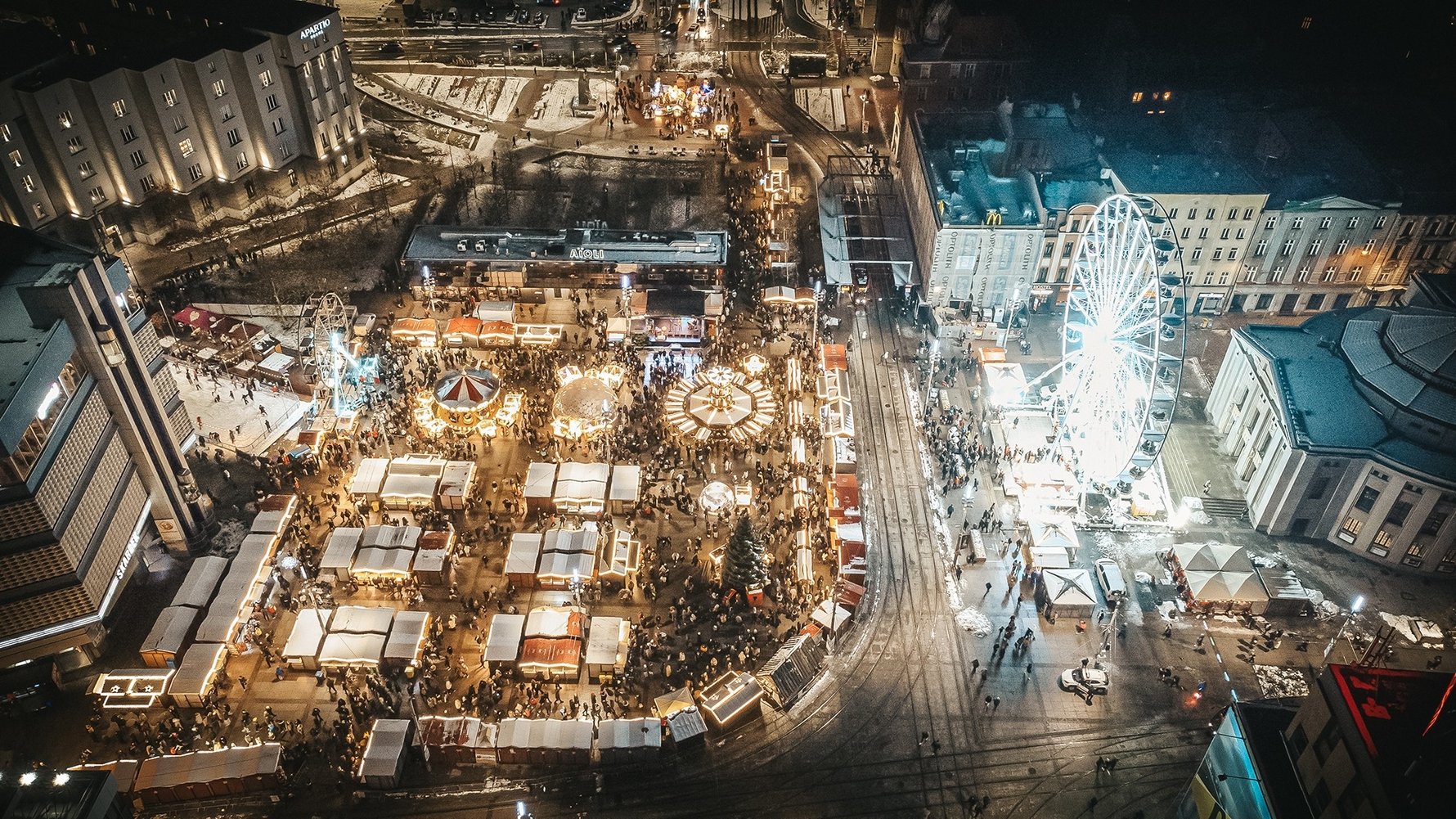
As such, visiting Katowice for the holidays is a more appealing prospect than ever before. While the Silesian capital has its own special holiday fairs and events, Poland is a country with full calendar of unique national traditions and customs (most of them Catholic, of course) throughout the festive season, which lasts locally from the third week of November - with the opening of the Christmas market - all the way until essentially the end of January. If you're visiting Katowice during this time, what follows is a run-down of all the important dates and events happening during the holiday season, so read up if you want to be ready when you find yourself smitten in mittens beneath the Silesian mistletoe. But first!...
How to Say 'Merry Christmas' in Polish
Glad you asked. Say it with us now:
"Wesołych Świat..."
Veh-so-wick Shvee-ont
(Merry Christmas…)
"...i Szczęśliwego Nowego Roku!"
...ee Shchen-shlee-vay-go No-vay-go Row-koo!
(...and Happy New Year!)
KATOWICE WINTER HOLIDAY EVENTS 2025-26
Katowice Christmas Market (Nov. 21, 2025 - Jan. 06, 2026)
The Christmas Fair in Katowice is an event to remember as it takes place on the massive and recently renovated Market Square (Rynek) and really sets the city's holiday vibe. The tradition of Christmas fairs or markets in Poland is an ancient one, and while the markets in cities like Krakow, Wrocław and even Warsaw have been drawing tourists from near and far for decades, if not centuries, that certainly wasn't the case here in K-town.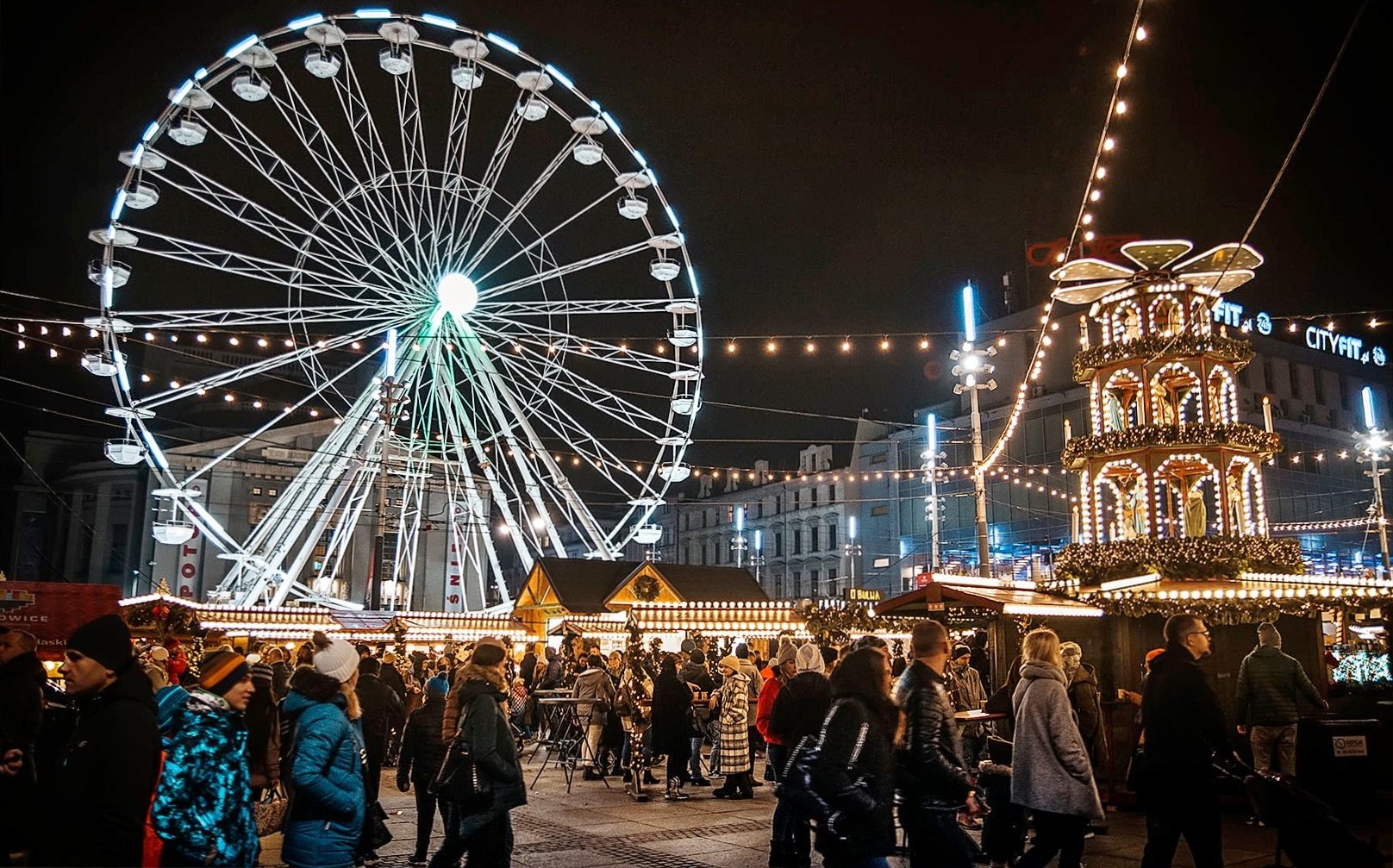
Ah, but how things have changed. Ever since the disappointment of 2020's COVID-cancelled Christmas market, Katowice has really pulled out all the stops to deliver holiday magic, and the city's annual Christmas market opens earlier than its Polish competitors, then powers through into the new year without even a day off. Sure, like all Christmas markets, it's completely commercial, but Katowice takes it even farther by ratcheting up the kitsch to levels not seen at most holiday fairs. In addition to the handsome wooden huts selling all manner of folkwares, ceramics, handicrafts, toys and holiday decorations, Katowice's Christmas market is cluttered with dozens upon dozens of moving and singing animatronic holiday scenes to mesmerise your kids, or maybe give them the creeps.
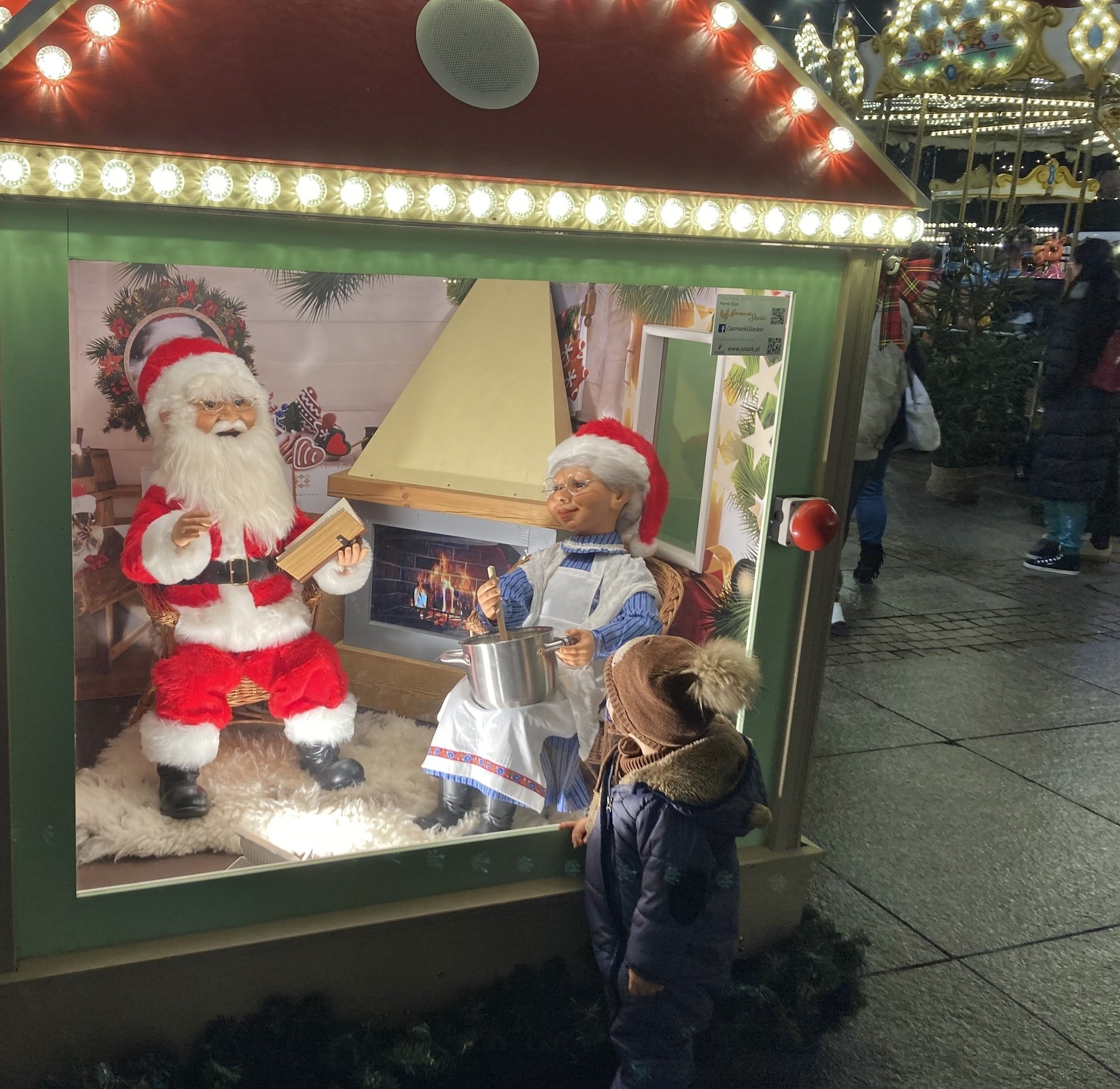
a dead-eyed Mrs. Klaus rock in her chair and silently stir her bowl for seven minutes,
while his Dad watched football highlights on his phone.
The Christmas market also features a tall German-style 'Christmas pyramid' (zee Germans' description not ours; it's one of those wooden windmill things with the candles, you know?) dispensing over a dozen(!) different flavours of hot spiced wine into souvenir mugs, a huge Ferris wheel, a carousel, an ice rink, plenty of hot food, photo opportunities and more. Bundle up and check it out!
Barbórka (Dec. 4)
December 4th in Poland sees the observance of Barbórka, the local name for the feast day of St. Barbara, patron saint of miners. Given the region's industrial heritage, this celebration of mining culture and the men who toil in darkness deep underground carries a special significance in Silesia. In Katowice, the biggest Barbórka pageantry takes place in Nikiszowiec, where the miners' marching band wakes everyone up at dawn to the sound of big brass and then the town comes out for more music and festivities around St. Anne's Church.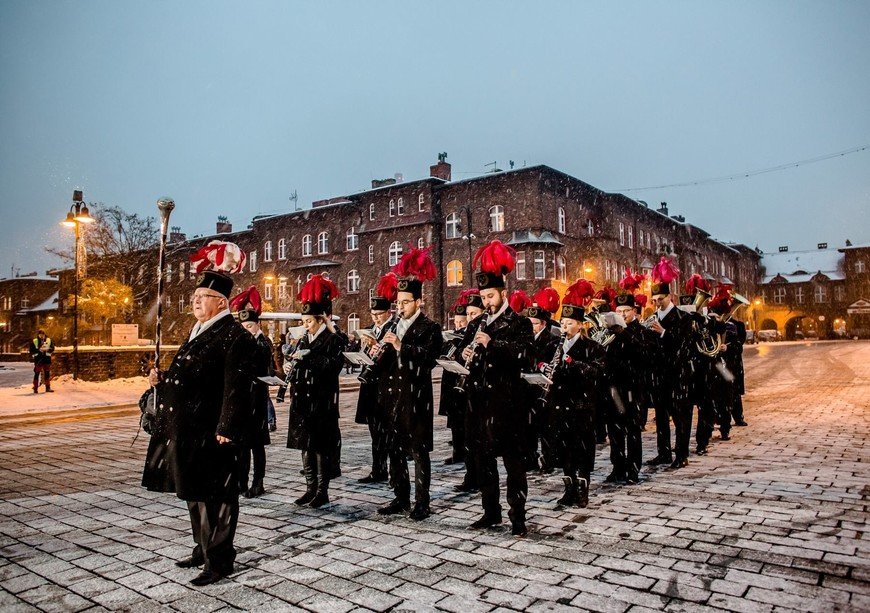
Saint Nicholas Day (Dec. 6)
With Christmas Day reserved for family and busy with the celebration of Christ, seasonal gift-giving chores have been mostly out-sourced to Saint Nicholas (Święty Mikołaj) who unofficially gets the holiday season started when he comes three weeks earlier on December 6th – ‘Dzień Świętego Mikołaja’, or Saint Nicholas Day. In Polish tradition, Ol’ Saint Nick (or ‘Mick’ as the case may be) isn’t a portly pipe-smoker who lives at the North Pole, but an actual dignified saint who comes down from heaven in a rather regal purple and gold robe and bishop’s hat, carrying a crosier (you know, one of those staffs shaped like a candy-cane) on the anniversary of his death. Exact traditions vary regionally to some degree; in southern PL, for example, in the run-up to Dzień Świętego Mikołaja eager children write letters to Saint Nicholas requesting the one, maybe two (if they’ve been really good) gifts they most desire that year and put the letter outside on the windowsill so the old codger can drop by and pick up their request during the night. On the 6th, Polish children awake to discover Mikołaj’s good graces with a gift under their pillow or next to the bed. In northern PL, December 5th sees children cleaning their shoes and leaving them by the door or window to await St. Nick’s, who fills them with sweets and candy.Nikiszowiec Christmas Market (Dec. 5-7, 2025)
If you somehow missed Barbórka (how could you?!), you can still head out to Nikiszowiec the following weekend for the oddball industrial district's holiday fair. A charming alternative to the Rynek's rather garish festivities, Nikiszowiec offers a more artsy, local holiday fair with a carousel and neighbourly vibes revolving around St. Anne's Church. The photogenic area is worth exploring anyway, so make the trip out to this industrial Silesian suburb.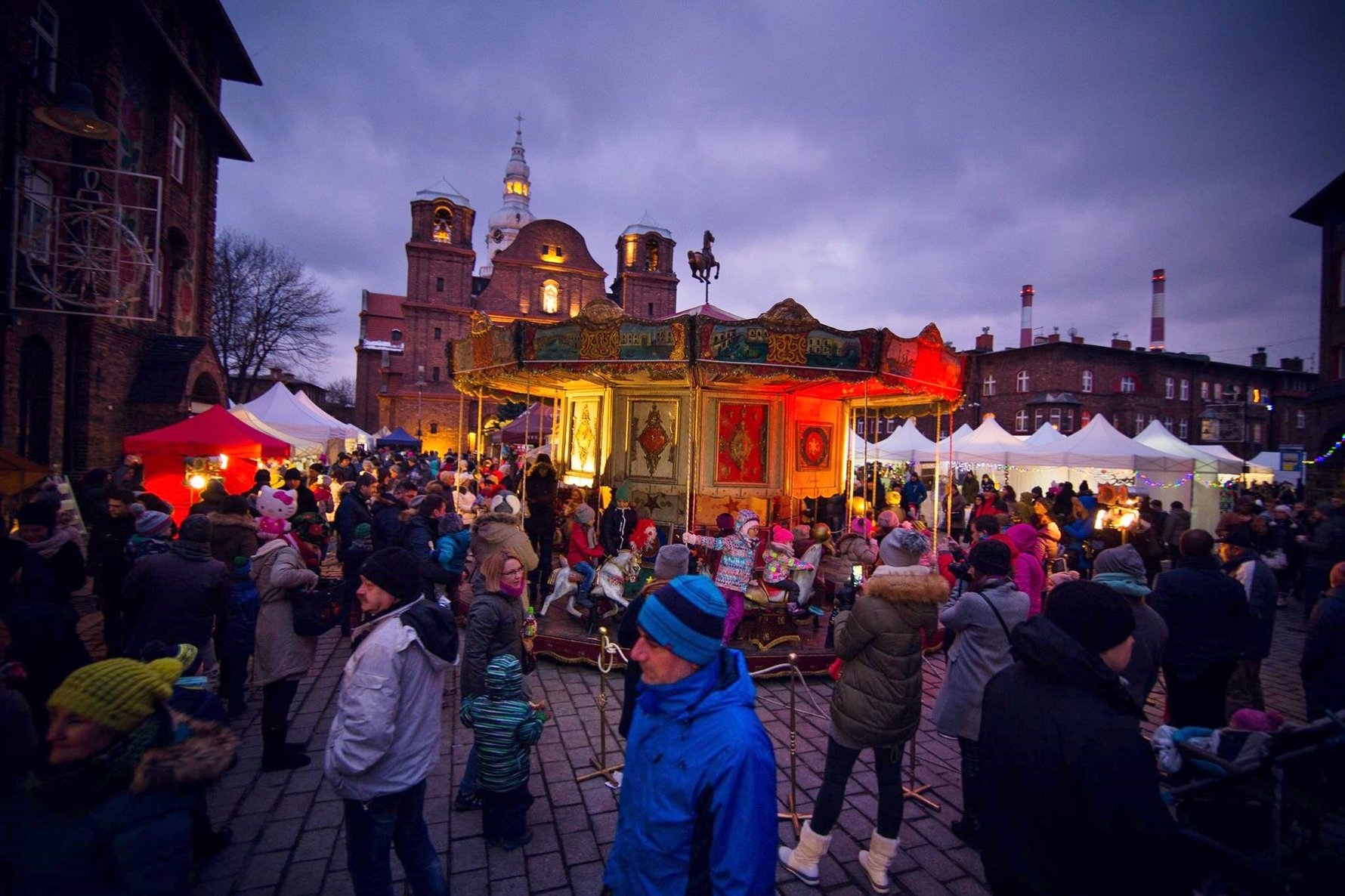
Christmas Eve (Dec. 24)
December 24th – or ‘Wigilia’ as it’s called in PL - is one of the biggest feast days of the year and an important time to be with family. As such, though Wigilia is not a work holiday you can expect virtually every shop in Poland to close early and stay closed until the 27th, so arrange accordingly. Once evening begins to fall it’s tradition that those gathered to eat the vigil feast together first share the blessed Christmas wafer, called opłatek. In an intimate (and potentially awkward if you don’t speak Polish) moment, each person goes to the others in turn, making a blessing for their happiness in the coming year, breaking off a piece of the other person’s wafer and eating it, then sealing the deal with a kiss (or three) on the cheek.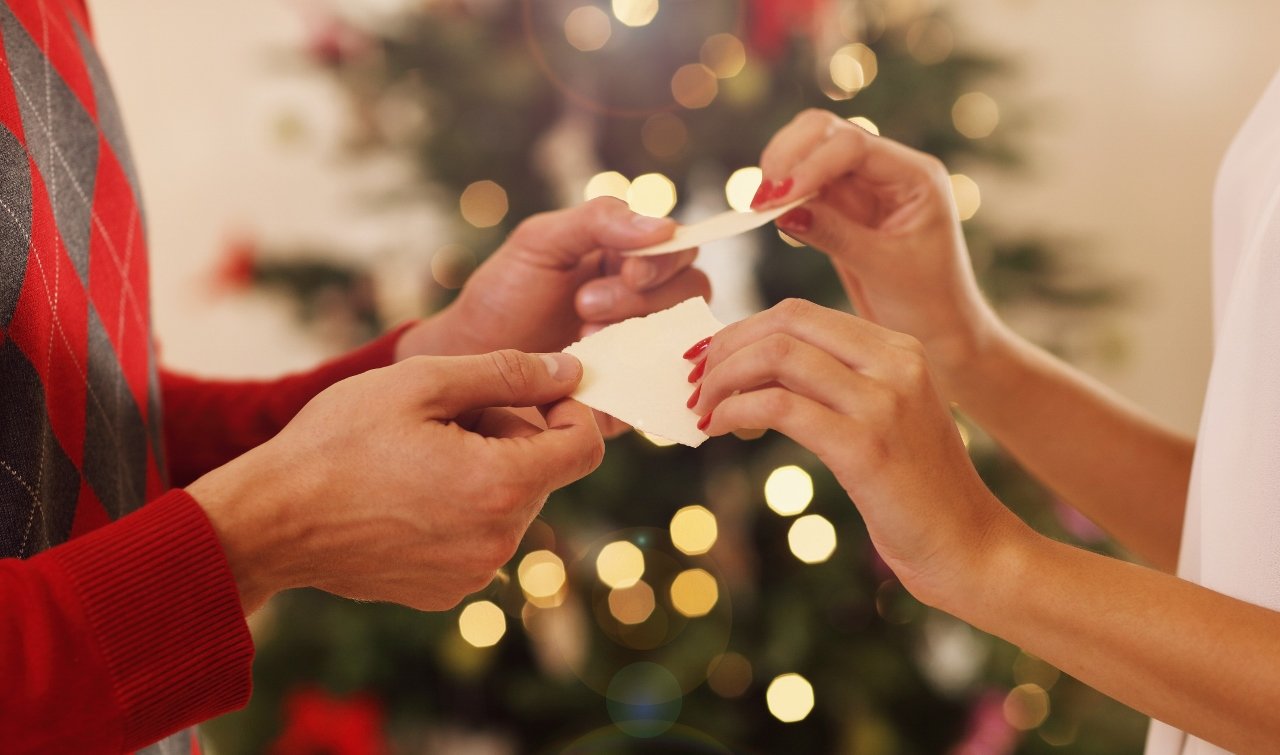
Once that formality is out of the way, and the kids have spotted the first star in the sky, the feast can officially begin. Traditionally, bits of hay are spread beneath the tablecloth in honour of Jesus’ manger pedigree, and an extra place is set at the table in case of a visit by the ‘hungry traveller,’ Baby Jesus himself or a deceased relative (whoever arrives first). Dinner consists of a gut-busting twelve courses – one for each of Jesus’ disciples – and because it’s meant to be meatless, the main dish is traditionally carp, which apparently isn’t recognised as meat by Catholics (fish was Jesus’ favourite vegetable). In the days before Wigilia during the PRL era, large writhing pools of carp could be found on the city’s squares waiting to be purchased and brought home to the family bathtub where they were kept until it was time for the man of the house to carve the carp and serve it cold. Fortunately bathing with your carp before Wigilia is a tradition that has died out, but diehard Poles won't hear of serving anything else as the main dish on their Wigilia table.
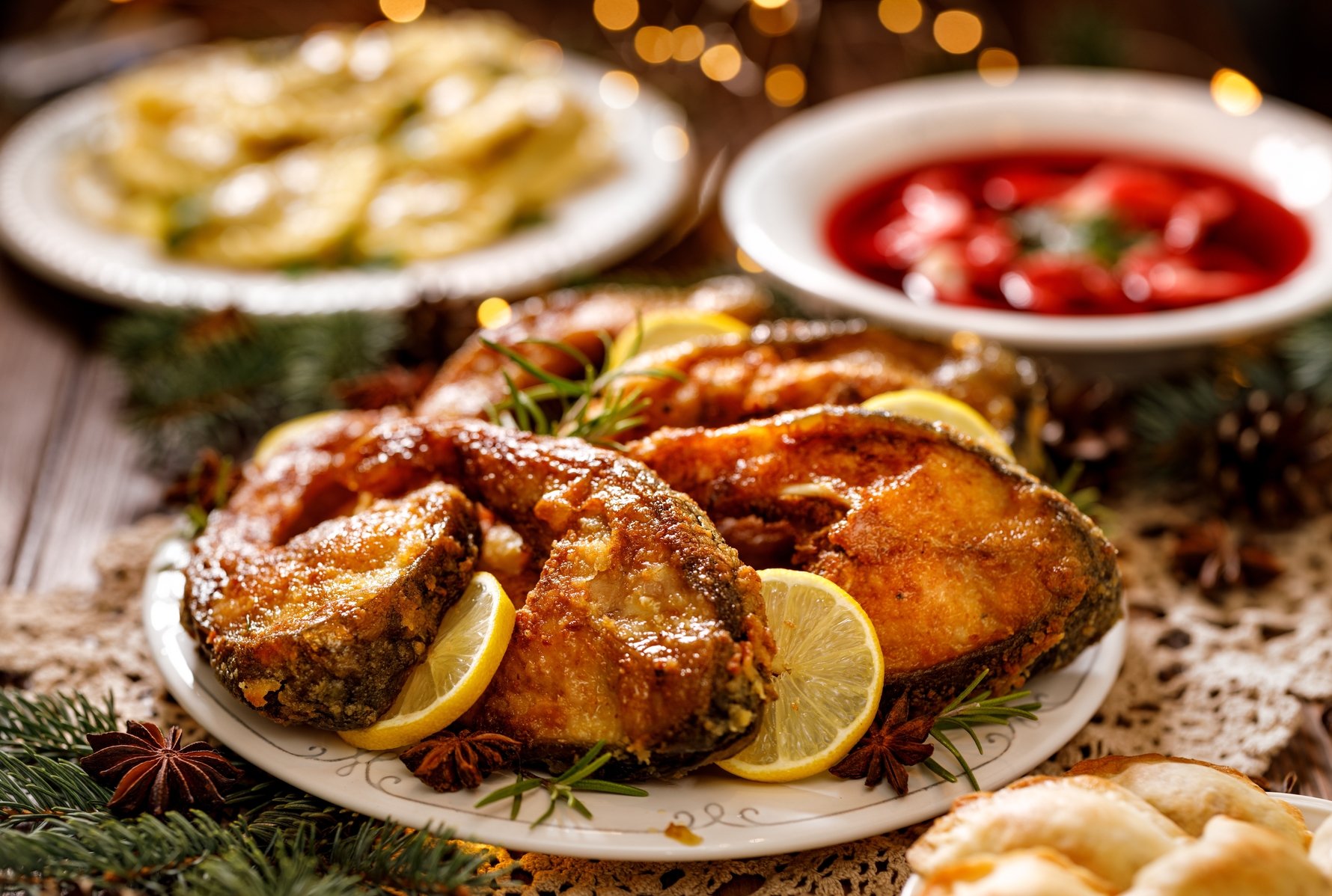
Christmas Day (Dec. 25)
After morning mass, December 25th is reserved for visiting family and friends and a continuation of feasting (this time including meat and alcohol). While Christmas Day holds less importance and symbolism for Poles than Christmas Eve, it is still a public holiday and a time for family. Despite the gradual moves by many, particularly the younger generation, away from the Catholic church in recent years, Christmas is still viewed with more religious significance than you might expect in your own country and even those who might not attend mass on a regular basis still respect the traditions of the holiday period. As such, you can expect the vast majority of bars and restaurants to be closed on Christmas Day and the Second Day of Christmas (December 26th), though some businesses are beginning to break this Catholic code of conduct.New Year’s Eve in Katowice (Dec. 31)
December 31st is known locally as Sylwester, and on this last night of the year, almost every bar, club, restaurant and hotel in Katowice host an all-night New Year’s Eve bash. Unfortunately, you have to pay to play and it’s wise to plan where you want to spend your evening ahead of time since expensive tickets are required to enter most venues, and therefore pub crawling is not really an option. Your celebratory options are literally limitless, but if it's the last night of the year and you're still at a loss, you can always join the masses taking part in whatever free shenanigans the city has organised, most likely on the Rynek.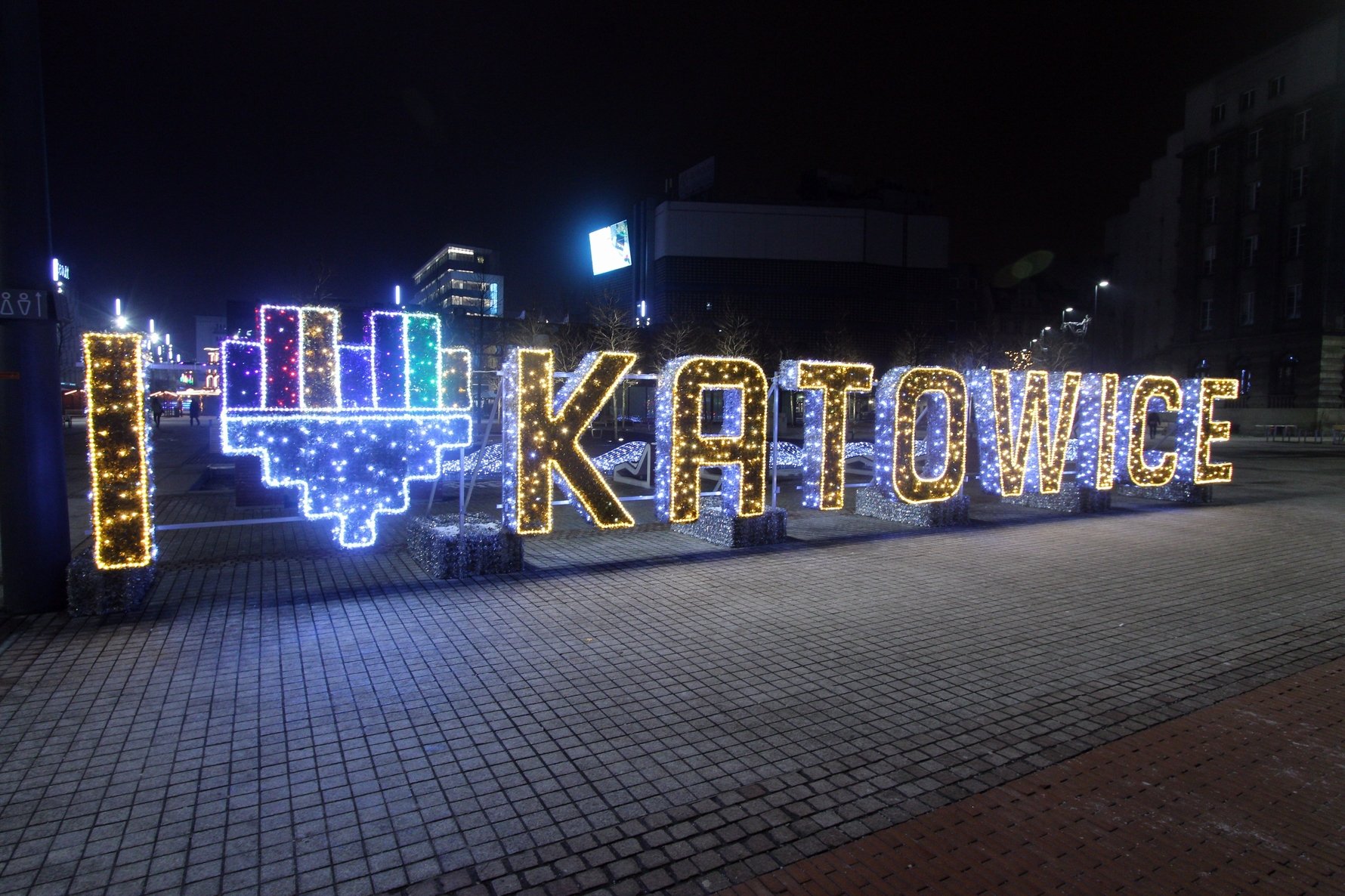
Three Kings Day in Katowice (Jan. 6)
The spirit of the holiday season is kept strong across the country until January 6th – Three Kings Day or ‘Dzień Trzech Króli.’ A wholly Catholic holiday, Three Kings honours Kaspar, Melchior and Balthazar - the three wise men who visited Jesus at his birth - with a colourful, festive parade that sets off from Christ the King Cathedral at 13:30 and heads straight downhill to the Rynek area. The day is a national holiday, so don't be surprised to find many businesses - particularly shops and services - closed for the day.
Mass is also a compulsory part of the Three Kings holiday as well, with families picking up a piece of blessed chalk during the service that is taken home and used to write the year and the initials “KMB,” with a cross between each letter, above the front door. In some places this honour is reserved for a priest who visits during the holiday season, blessing the house for the coming year by inscribing the commonly seen ‘K + M + B 2026’ (for a small donation of course). This tradition is said to protect the family from sickness and misfortune for the year.The Polish holiday season doesn’t actually officially wrap up until February 2nd when Saint Nick sees his shadow and it’s generally agreed that every family should toss its Christmas tree. However you end up spending the holidays in Poland, Merry Christmas and a Happy New Year to you, from all of us at Poland In Your Pocket!


_m.jpg)
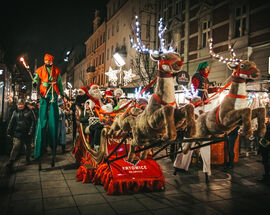
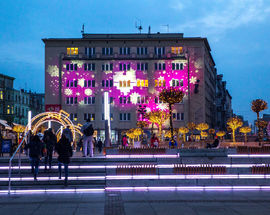
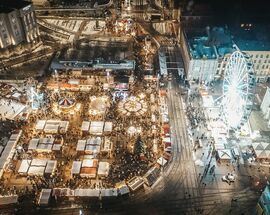
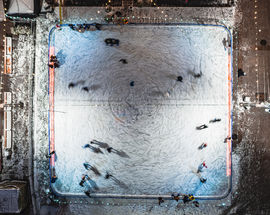
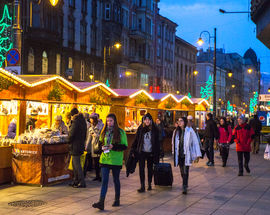
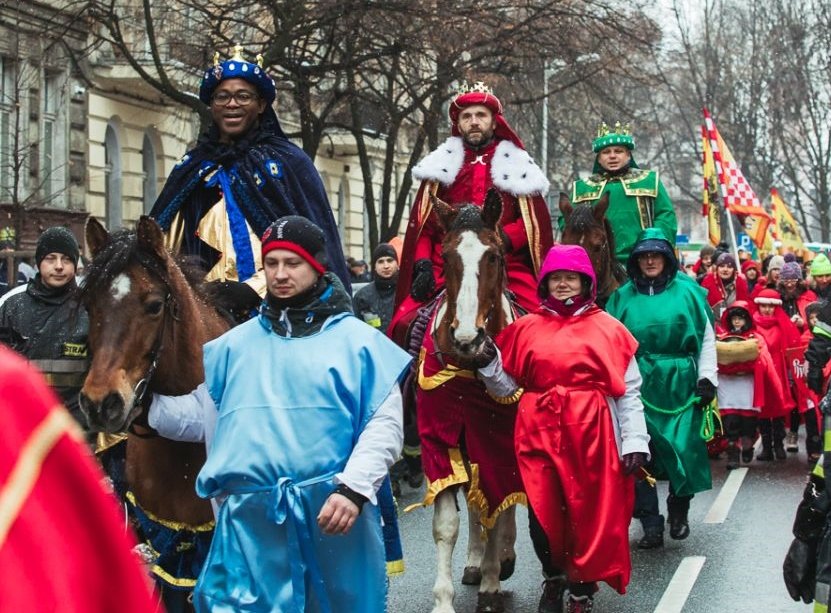
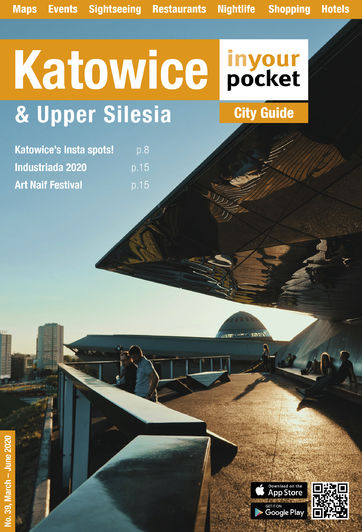
Comments